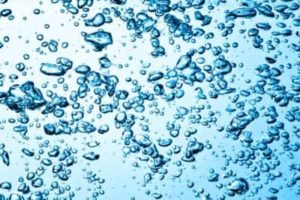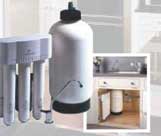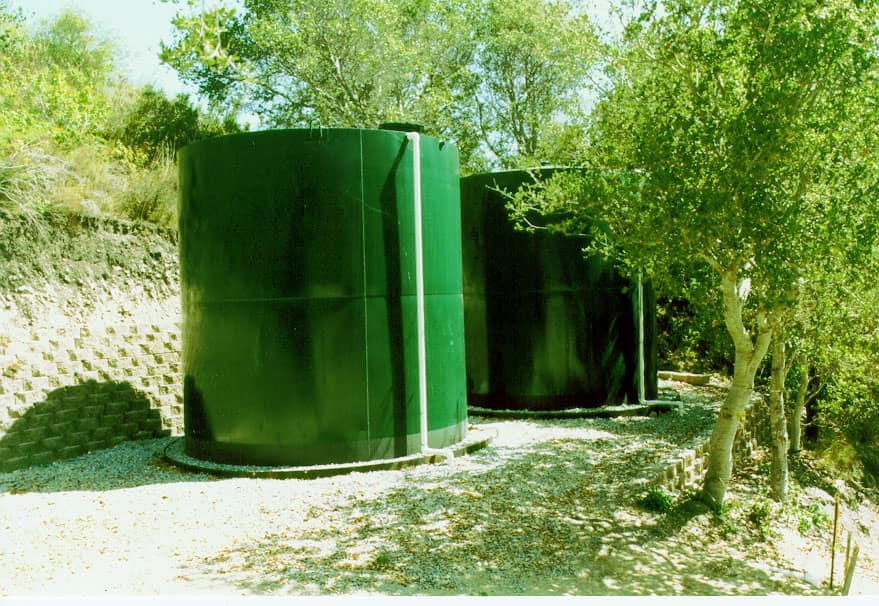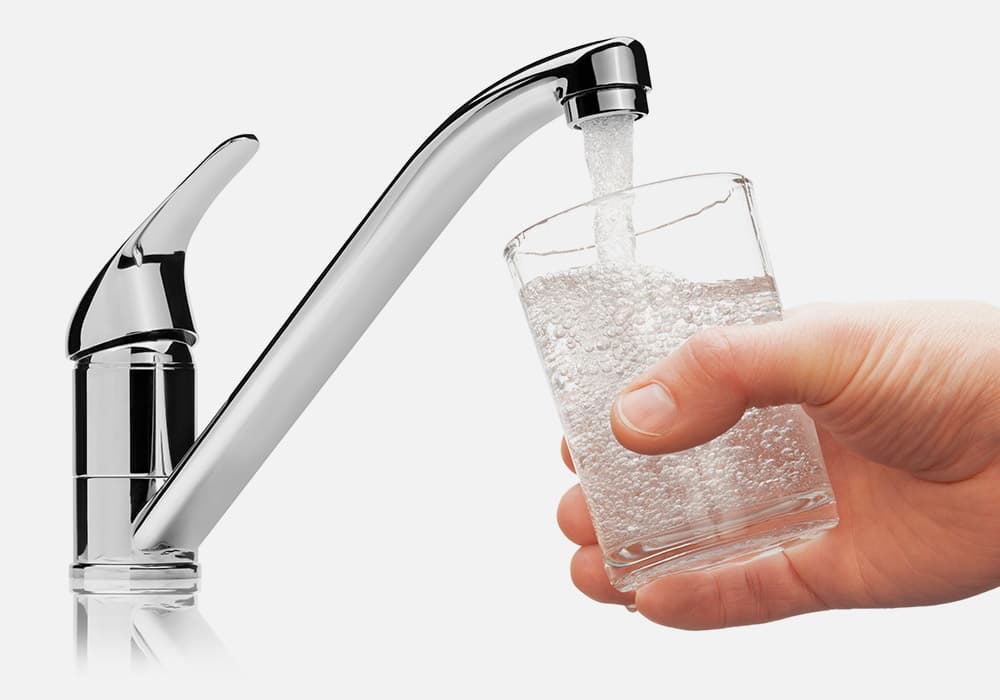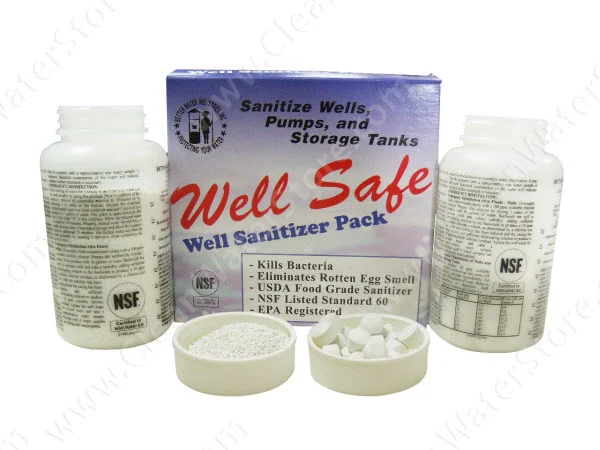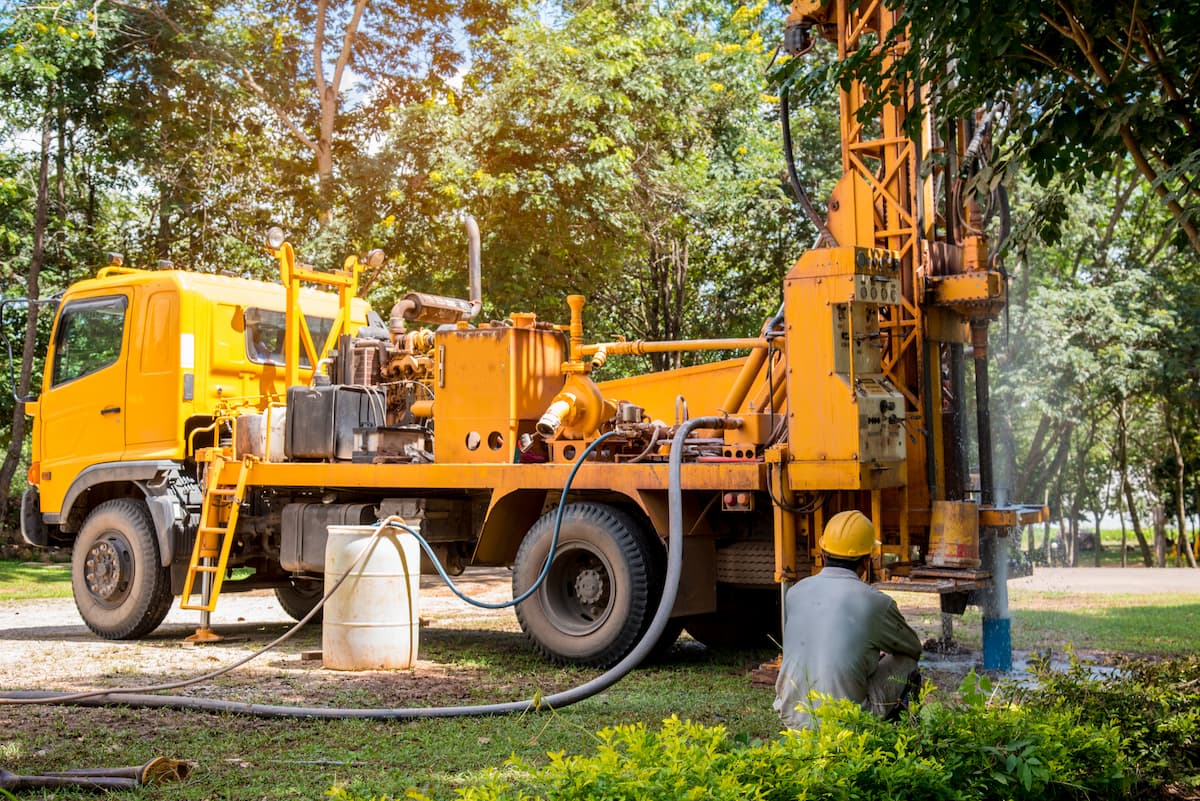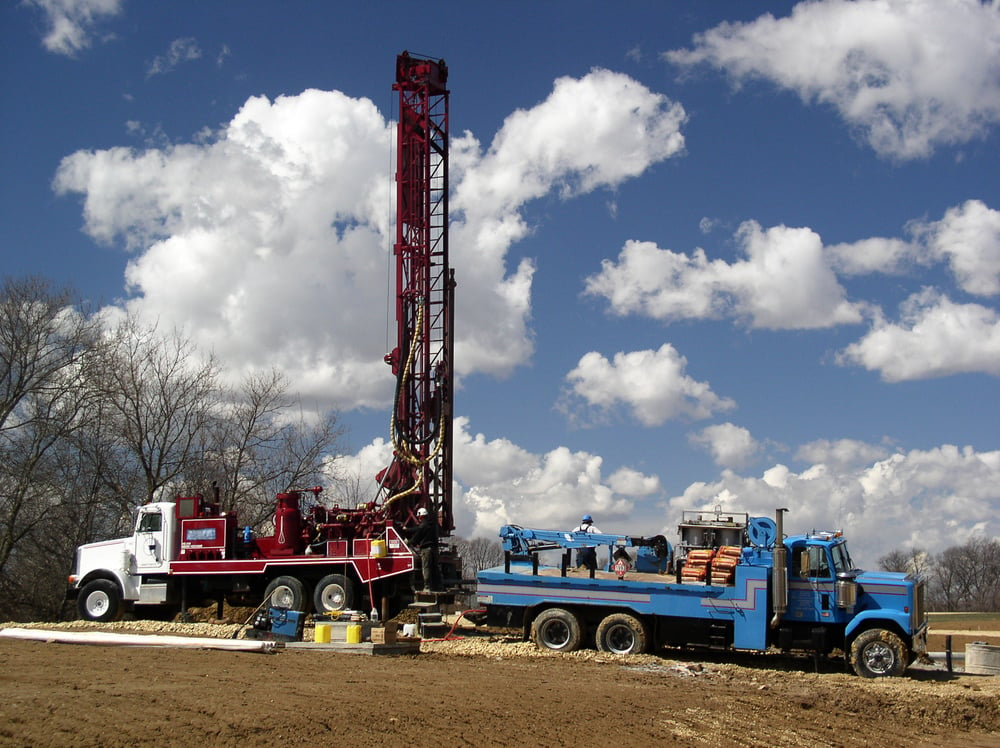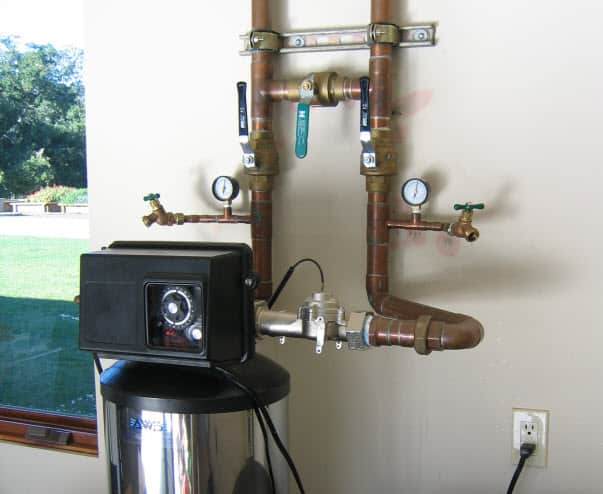Effects of Chloride in Well Water, and How To Remove It
Understanding Chloride in Tap Water: Risks, Effects, and Treatment
Chloride is one of the most common anions found in tap water and is a naturally occurring component in groundwater. It’s typically present in combination with other elements like sodium, calcium, or magnesium to form salts. The most well-known example is sodium chloride (NaCl), commonly known as table salt.
While chloride in small amounts poses no immediate health risk, higher concentrations can cause significant problems for both your household plumbing and the environment. In this guide, we’ll explore where chloride comes from, the potential risks of high chloride levels, and how to effectively remove chloride from your water.
What Causes High Chloride in Water?
Chloride occurs naturally in many groundwater sources, but elevated levels often result from external contamination. One major contributor is seawater intrusion, which can occur in coastal areas where saltwater seeps into freshwater aquifers. Another major source is road salt runoff. During winter, municipalities often use sodium chloride to de-ice roads. As snow and ice melt, that salt can wash into local streams and groundwater, significantly increasing chloride concentrations.
Other contributors include wastewater discharge, certain industrial processes, and fertilizers. High sodium and sodium chloride levels in well water are a growing concern in areas near road salting storage facilities, especially during rainy or snowy seasons when surface water can mix with groundwater supplies.
How Chloride Affects Your Water and Health
At low concentrations, chloride generally does not cause problems. However, high concentrations can lead to several issues. One of the first signs is a salty taste in your drinking water, which can be unpleasant and affect your enjoyment of beverages and cooking.
More importantly, high levels of sodium chloride in water may contribute to high blood pressure for individuals on sodium-restricted diets. Although chloride's health effects are minimal, excessive sodium may be a concern, particularly for the elderly or those with pre-existing health conditions.
Chloride is also highly corrosive. Over time, it can wear down plumbing fixtures, corrode metal water heaters, and damage pipes and appliances. This corrosion can cause toxic metals like lead and copper to leach into your water supply, potentially creating a more serious health risk.
Environmental Impact: Risk to Aquatic Life and Plants
The environmental risk of chloride pollution is also significant. When chloride enters local streams and rivers, it can disrupt aquatic ecosystems. Aquatic life is especially sensitive to changes in salinity, and high chloride levels can affect fish, invertebrates, and plants.
For households using well water for irrigation, high sodium chloride concentrations can cause damage to plants and crops. Over time, it may also increase the salt content of the soil, reducing its ability to retain water and affecting long-term agricultural productivity.
Secondary Drinking Water Standards
The U.S. Environmental Protection Agency (EPA) has set a secondary drinking water standard for chloride at 250 mg/L. While this standard is not legally enforceable, it serves as a guideline for taste and corrosivity. Chloride pollution above this threshold is likely to affect water taste and increase the risk of corrosion in your plumbing system.
How to Test for Chloride in Your Water
Testing your water is the first step in identifying chloride issues. Home water test kits are available and provide a quick indication of chloride or sodium levels, but for more precise results, it’s best to send a sample to a certified laboratory.
Pay special attention if you're in an area with known water quality problems, especially near coastlines, roadways, or agricultural zones. Regular testing is also recommended if you rely on a private well as your water source.
How to Remove Chloride from Water
The good news is that chlorides can easily be removed from water with either a reverse osmosis system or a distiller.
Chloride is a difficult contaminant to eliminate with basic filtration. Standard carbon filters do not effectively remove chloride. Instead, treatment solutions such as reverse osmosis (RO) are typically recommended. RO systems force water through a semipermeable membrane that filters out dissolved salts, including sodium chloride.
For homes with high sodium or unpleasant taste, installing an RO system at the point of entry or under the sink is a reliable and efficient way to improve water quality. Distillation systems may also be used in some cases, although they tend to be slower and less efficient for large-scale water use.
Preventing Chloride Contamination
Prevention is key. Homeowners near road salt zones can take proactive steps such as improving drainage around wellheads and monitoring for signs of corrosion. Using barriers to minimize surface water runoff into groundwater can also reduce chloride infiltration. If you're building a new well or filtration system, selecting corrosion-resistant materials for plumbing fixtures and water heaters can help mitigate future problems.
Final Thoughts: Why Monitoring Chloride Matters
Chloride contamination is often overlooked because it doesn’t pose immediate health effects in low doses. However, the long-term impacts—from plumbing damage to harm to plants, streams, and aquatic life—are too significant to ignore. Understanding where chloride comes from, how it enters your water source, and the best ways to remove chloride can help you protect your health and your home.
Be sure to test your water regularly, especially if you live near sources of salt or seawater, and consider installing an effective treatment system if you detect elevated levels.
If you’re unsure about what kind of system is right for you, our experts are here to help. Contact us with your questions, and we’ll recommend a solution tailored to your specific water quality problems.
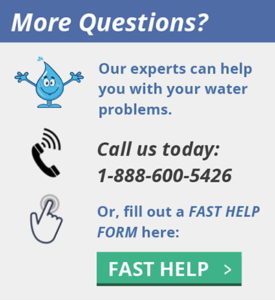
We love to hear from you and will get back to you usually within one business day.

